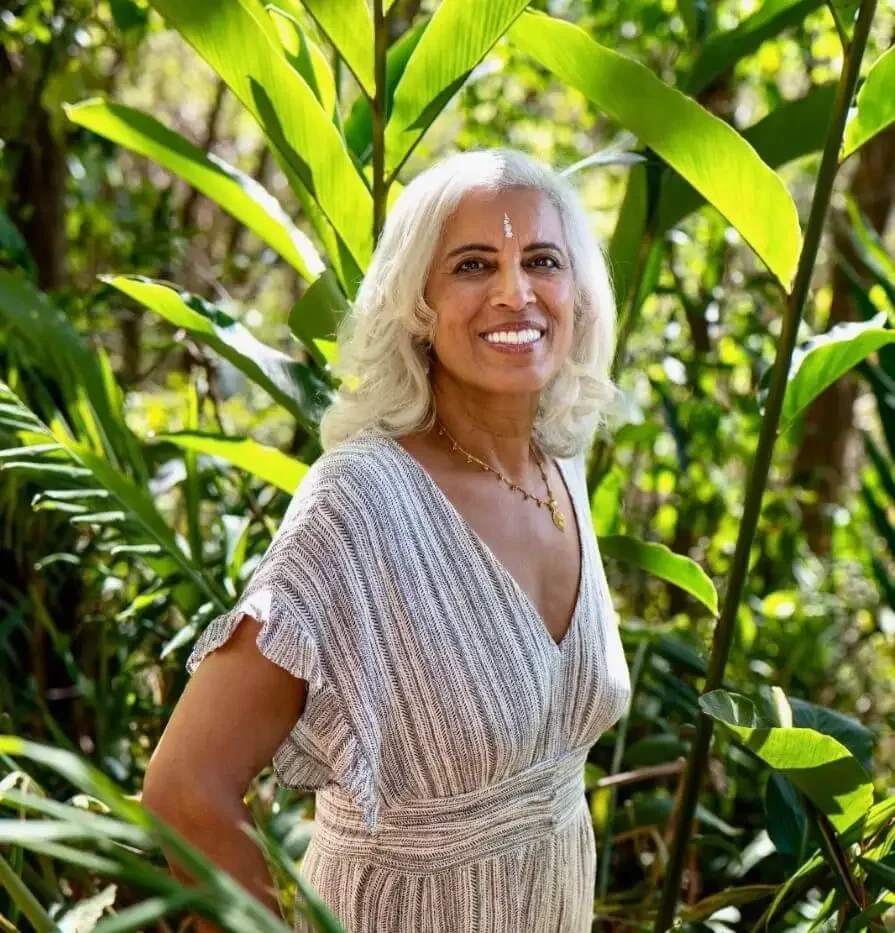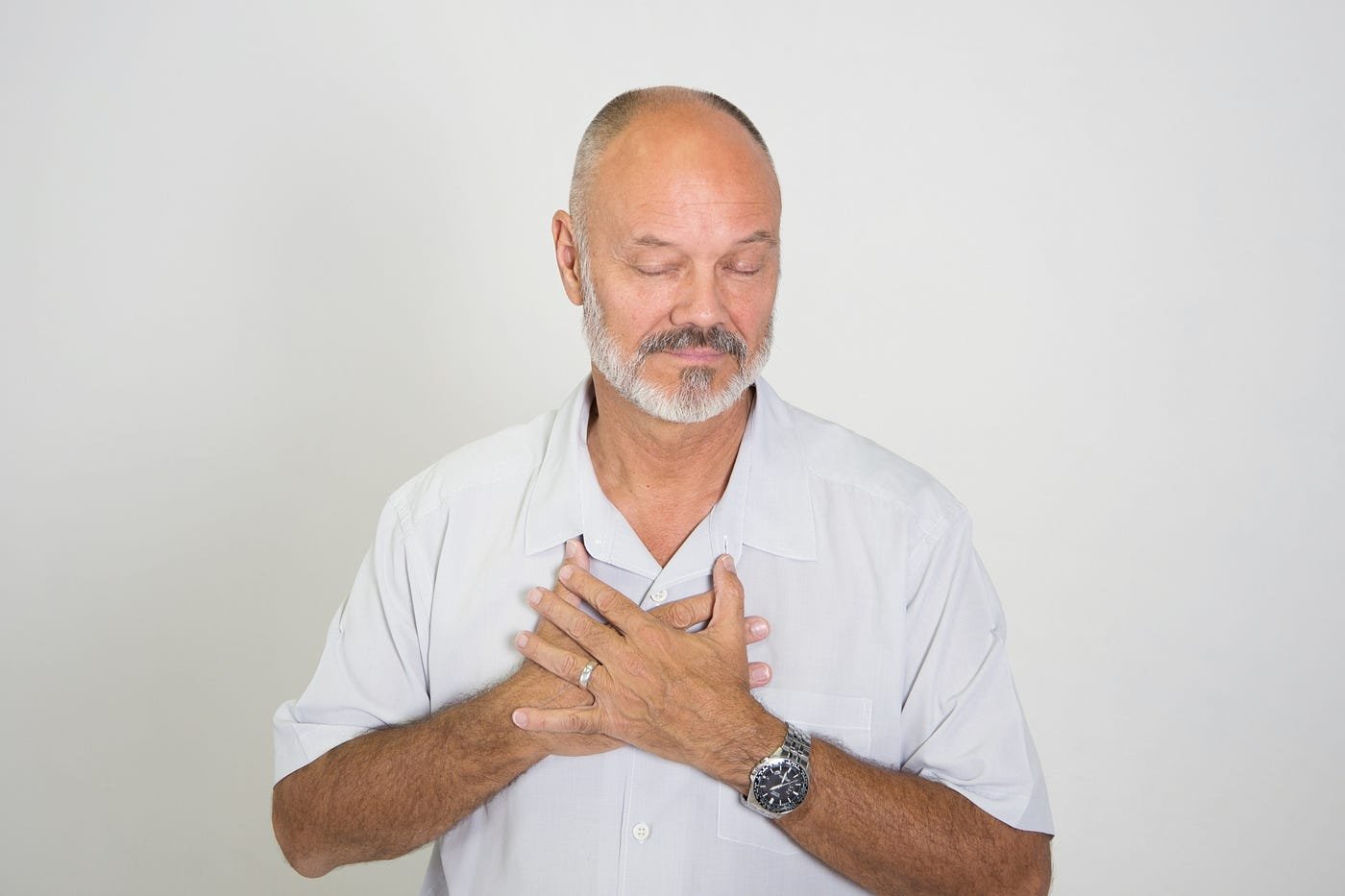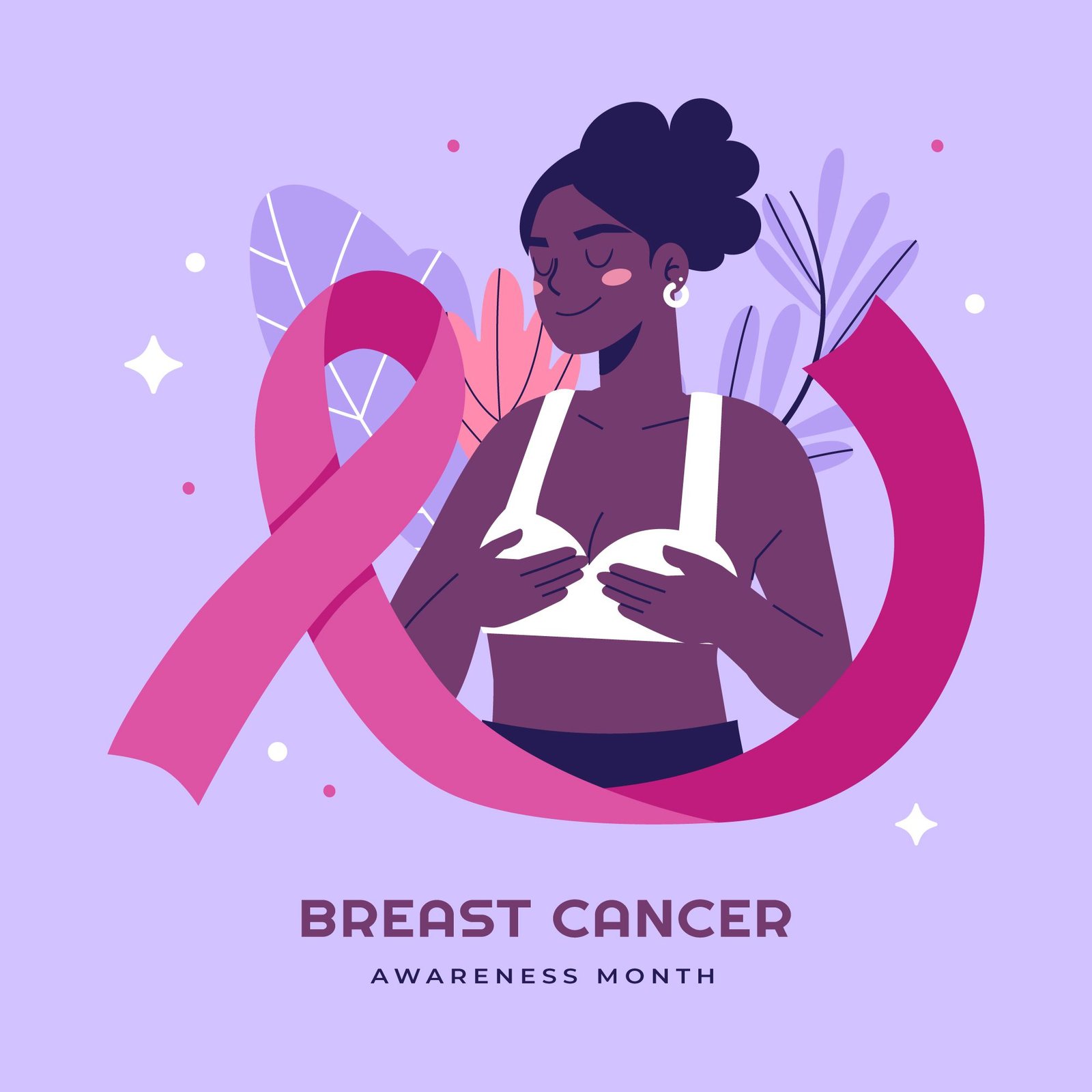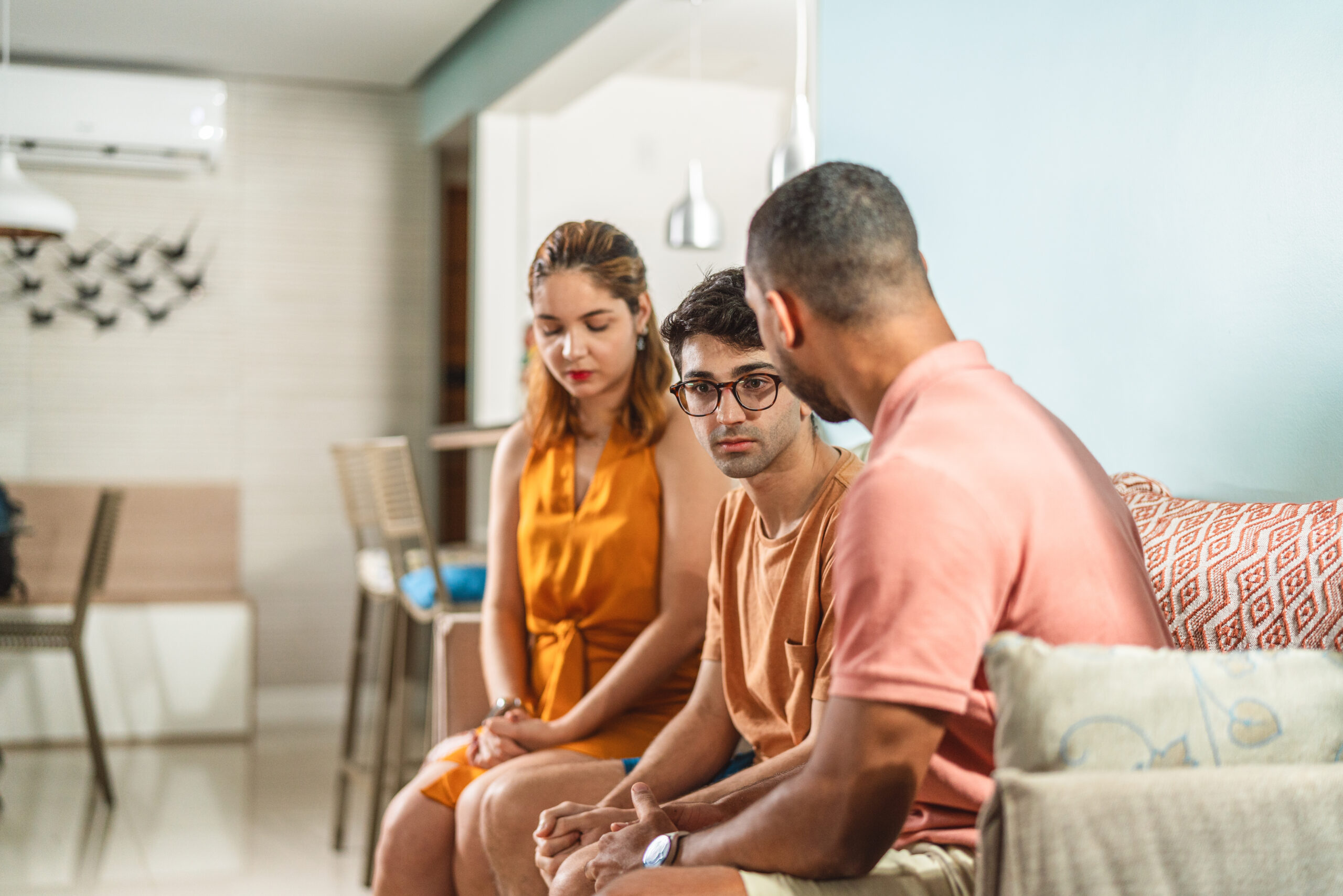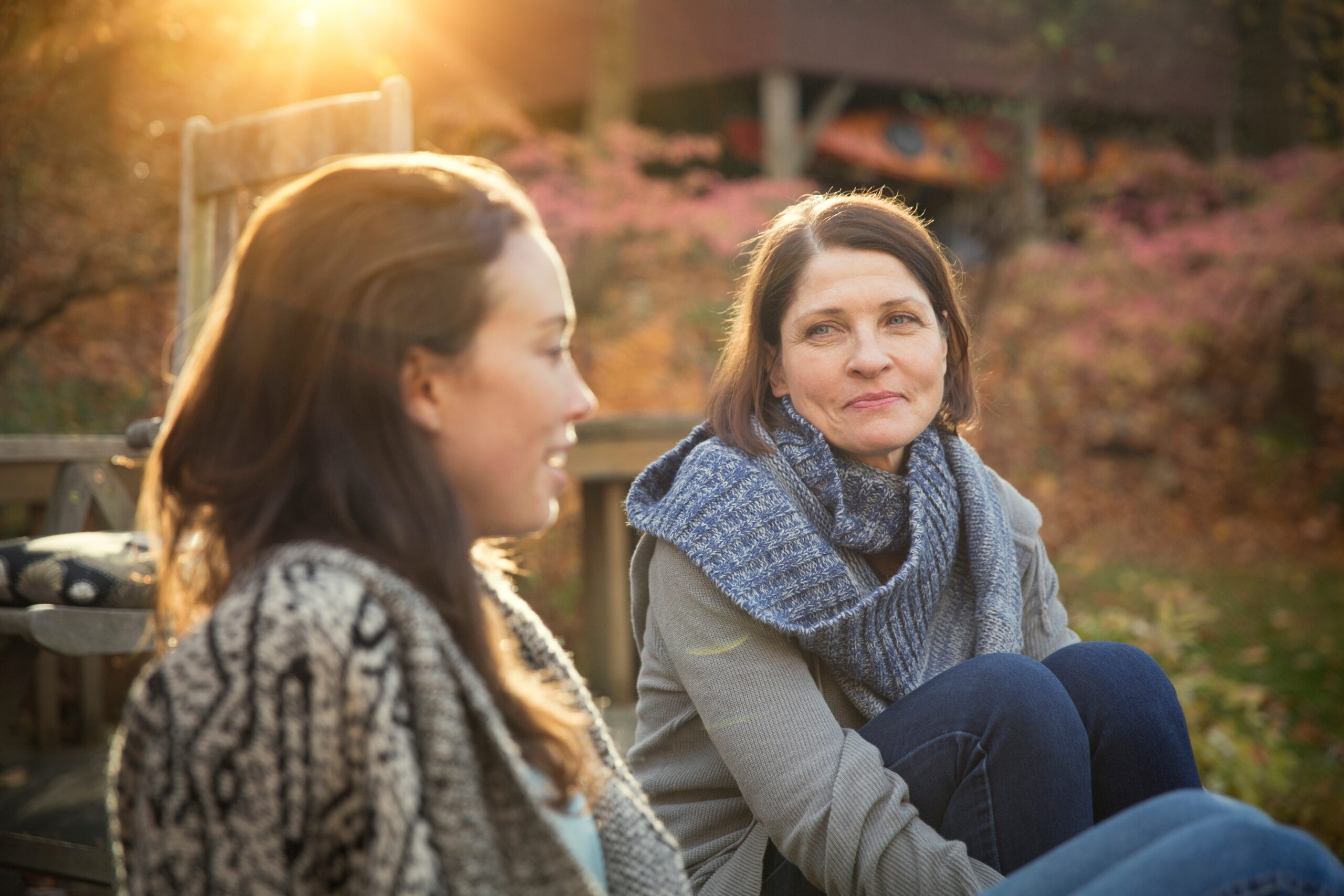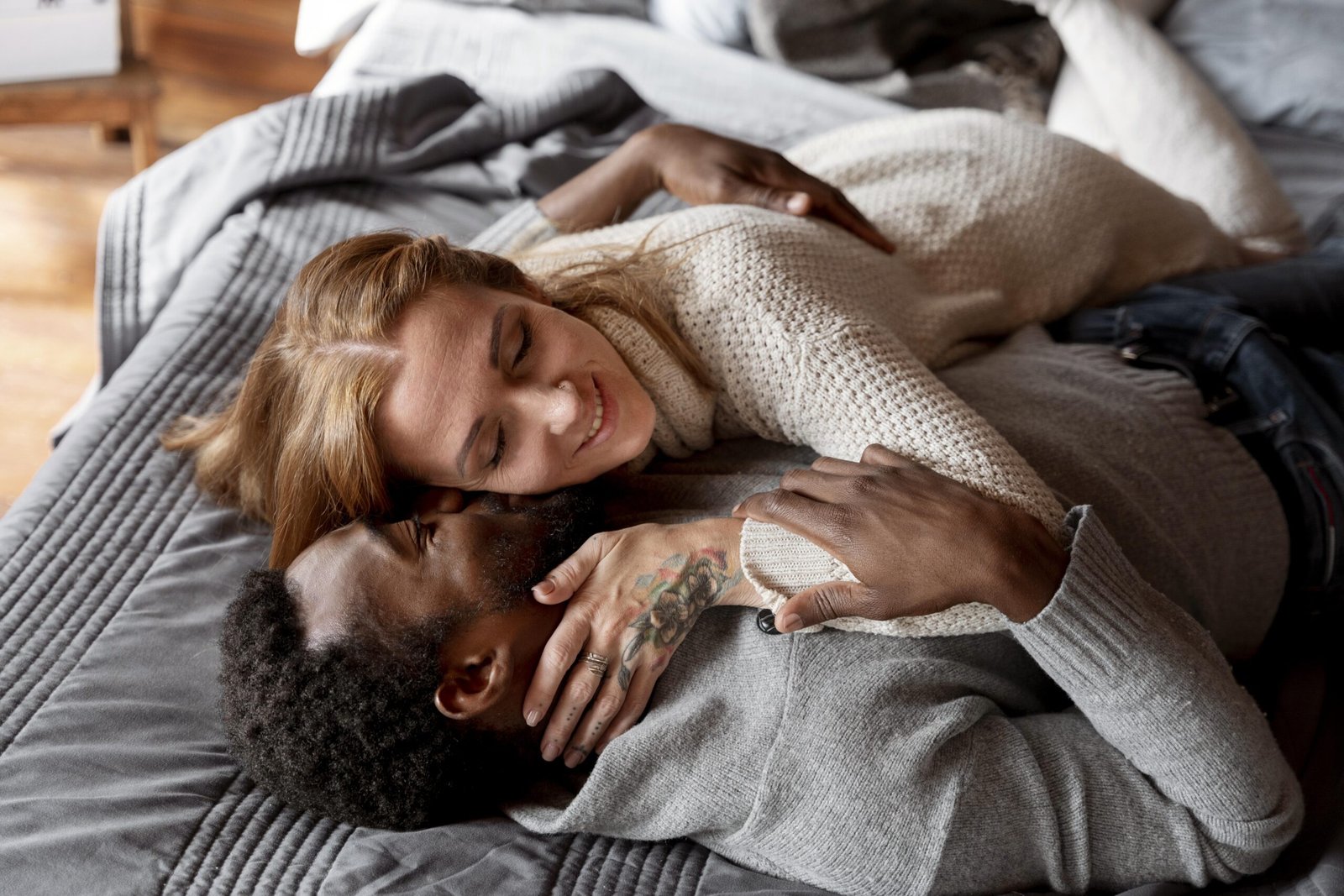Osteoporosis in Women: My Wake-Up Call and What Every Woman Should Know
I didn’t used to think much about my bones. Honestly, it felt like something older people worried about—until I watched two women I love go through back fractures they didn’t
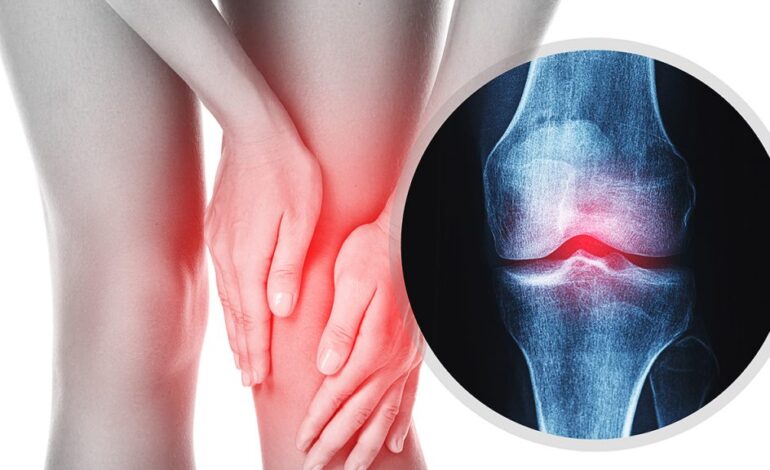
I didn’t used to think much about my bones. Honestly, it felt like something older people worried about—until I watched two women I love go through back fractures they didn’t even know were happening. One lost an inch of height in a year. The other now lives with daily pain.
That was my wake-up call.
Osteoporosis is real. It’s common. And for women like us, it can sneak up without warning—until the damage is done. I want to talk about it openly, because the more I learned, the more I realized how preventable this can be if we take action early.
What Is Osteoporosis?
Osteoporosis is when your bones become weak and fragile. For women, this often starts after menopause due to the drop in estrogen—a hormone that protects bone density. But honestly, it starts even earlier than that.
Here’s what shocked me: Over 10 million people in the U.S. have osteoporosis, and about 80% are women. Even more—around 43 million—have something called osteopenia, which is low bone density that can lead to osteoporosis if nothing’s done.
Why It Affects Us More
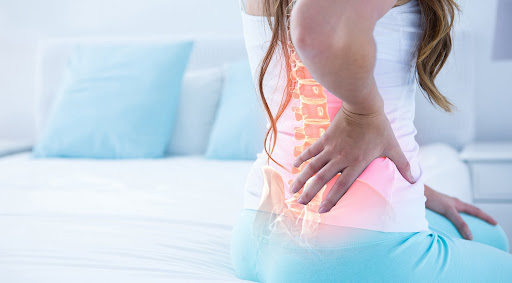
Women naturally have smaller, lighter bones than men. Add hormonal changes, pregnancy, and longer life expectancy—and we’re more vulnerable from all sides. When estrogen drops after menopause, bone loss can happen fast—some women lose up to 10% of their bone mass in just five years.
If you’ve had early menopause, a history of eating disorders, low body weight, or a family member with fractures, your risk might be even higher.
Is It Really “Silent”?
Yes—and that’s what’s so scary. Most women won’t know they have osteoporosis until they break something. But there are subtle signs I learned to look out for:
- Losing height or developing a hunch in your posture
- Sudden or chronic back pain
- Feeling shorter or stooped
- Breaking a bone from something minor—like sneezing, stepping wrong, or slipping
By the time these things happen, it’s already progressed. That’s why I asked my doctor about testing—and I’m glad I did.
How Is Osteoporosis Diagnosed?
The main test is called a DEXA scan (or DXA). It’s quick, painless, and shows how dense your bones are. You get a number called a T-score that tells you if your bones are normal, low (osteopenia), or very low (osteoporosis).
My doctor explained it like this: If your T-score is -1.0 or higher, you’re good. If it’s between -1.0 and -2.5, that’s osteopenia. Below -2.5? That’s osteoporosis.
Do You Need a Bone Density Test?
If you’re a woman over 65, most guidelines say you should get one, no question. But I was surprised to learn younger women need to be tested too—especially if:
- You had menopause before 45
- You’ve broken a bone as an adult
- You’re underweight or have a small frame
- You have a family history of fractures or osteoporosis
- You’ve been on certain medications like steroids
I had a few of these, and I honestly had to push a bit to get the scan, but it was worth it.
How Can You Prevent It?
This part gave me hope—there’s a lot we can do.
Eat for Your Bones
Calcium and vitamin D are essential. I now make sure I’m getting around:
- 1,000–1,200 mg of calcium a day
- 600–800 IU of vitamin D
You can get calcium from yogurt, cheese, leafy greens, almonds, or a supplement if needed. I also started making sure I spend time in the sun when I can, because vitamin D helps your body absorb calcium.
Exercise Smart
I always thought cardio was enough, but I learned weight-bearing and resistance exercises are what really help your bones. I started walking more, doing bodyweight squats, and light weight training. You don’t need a gym—just consistency.
Cut Bad Habits
Smoking and too much alcohol both weaken bones. I don’t smoke, but I’ve definitely been more mindful about my wine intake since learning this.
What If You Already Have Osteoporosis?
It’s not the end. You can still protect your bones and prevent fractures.
Medications
There are options like bisphosphonates (Fosamax), hormone replacement therapy, and others your doctor might recommend based on your age, symptoms, and bone density.
Fall-Proofing Your Life
This one hit me after my aunt slipped in her kitchen and fractured her hip. She’s still recovering a year later. I now check for loose rugs, wear non-slip shoes, and keep night lights on.
Keep Testing
If you have osteoporosis or osteopenia, repeat DEXA scans every couple of years can help track progress or catch worsening bone loss.
Why This Scares Me (and Motivates Me)
I’ve seen too many women—some strong, independent, vibrant—lose their confidence, mobility, and spark because of something we don’t talk about enough. Fractures aren’t just painful—they change lives. They take away freedom, and for some women, recovery doesn’t come.
But I also believe we can take control of this. If we eat right, move intentionally, ask the right questions, and stay on top of screenings, we can stay strong—inside and out.
Final Thoughts from Me to You
Ladies, don’t wait. Ask your doctor about your bone health. Get the DEXA scan if you’re at risk. Start protecting your bones today. You’ll thank yourself when you’re 80 and still dancing, gardening, or hiking like a boss.
Let’s look out for ourselves, and each other.
By Izzy Malcolm for Ravoke.com



